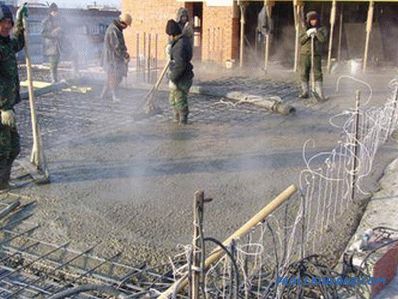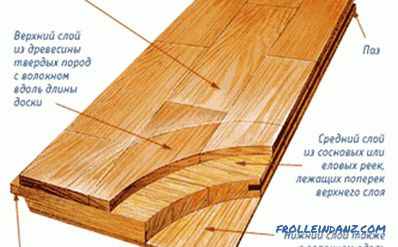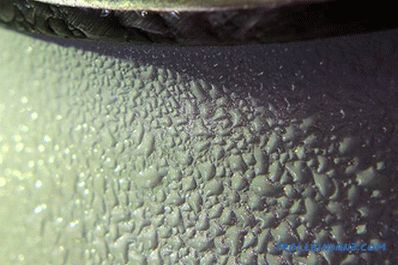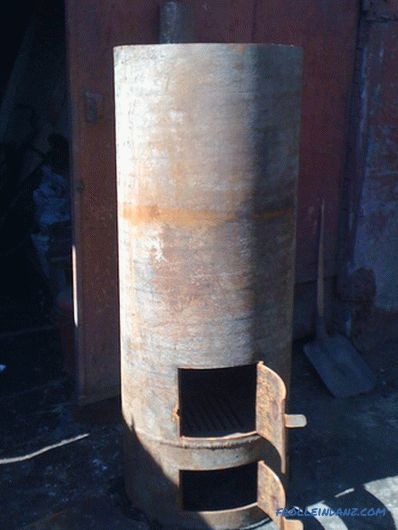Concrete is one of the most sought-after materials in construction. It differs in durability, reliability and long service life. However, in violation of the use of technology, the structure of the concrete solution can be broken, which leads to cracks and fractures throughout the building.
Causes of concrete breakdown
Water crystals are formed in the concrete solution, which prevent the mixture from drying out by reducing the average daily air temperature below 5C. Frozen liquid creates internal pressure, leading to the formation of cracks and irreversible loss of strength. Therefore, during its curing with special attention it is necessary to monitor the temperature and humidity.
It is considered that construction works are carried out only in the warm season, but in practice it turns out differently. There are deadlines for the delivery of facilities, and downtime sometimes turns out to be more expensive than continuing construction in adverse weather. Therefore, special technologies have been developed to maintain comfortable conditions for the maintenance of materials. For a concrete mix, this is a whole complex of measures aimed at heating it and preventing freezing.
Methods of heating concrete
There are several types of heating a concrete mix for its proper hardening. The most common:
- with the help of electrodes;
- with the PNSV heating wires;
- using thermoelectromats.
Consider the advantages and disadvantages of each.
Features of concrete heating by electrodes

The essence of the procedure consists in immersion in a concrete mixture of electrodes of various designs - plate, rod, string. This is a relatively simple method that is implemented easily and quickly, but has several disadvantages:
- if the electrode in the concrete mix is in contact with water droplets, the warm-up technology is broken;
- improper installation and contact with metal supports can lead to a short circuit;
- local overheating is fraught with a violation of the structure of the material and deterioration of strength.
Besides the fact that the technology of heating by electrodes implies the obligatory control of competent specialists, the process itself consumes a large amount of electricity. 1 electrode requires at least 45A, and the number of their connection to the transformer is significantly limited. In addition, as the solution dries, the costs increase.
Pros and cons of concrete heating with PNSV wires
Thermomats VS concrete heating with PNSV wire comparison video
The essence of the method is that the concrete layer itself insulated wire is laid, which heats up and carries out the heating of the solution. Unlike the previous method, it is more economical in cost and limited only by the transformer power. Of the minuses, the following can be noted:
- the complexity of the wire laying process — if the insulation breaks and the insulation is damaged, the curing mode is disturbed, and hence the properties of concrete. In addition, to improve the efficiency, it is necessary to further increase the temperature of the cast composition;
- the complexity of the electrical circuit. For example, excessive laying of the wire reduces the heating rate, and if it is insufficient, the concrete and the wire overheat.
Use of thermomats

This method is based on covering the concrete elements with an awning that ensures a uniform increase in temperature. The disadvantages of this method include the relatively expensive cost, but it overlaps with a number of technological advantages:
- Thermal mats for concrete are easy to use - there is no need to use special equipment and technology;
- fast and uniform warming up, which ensures the integrity of the concrete composition;
- long service life and reuse at other facilities;
- low power consumption;
- the ability to adjust the temperature.
The FlexiHIT thermoelectromats have proven themselves well in operation:
- the FlexiHIT
- thermoelectromates improve the quality and speed of the building construction process;
- reduce the cost of additional materials.
Video review of thermomats FlexiHIT
Concrete heating is an important technological process that needs to be approached with particular attention. After all, the service life, durability and reliability of the future construction depend on it.



